#artist is arnold bocklin
Text




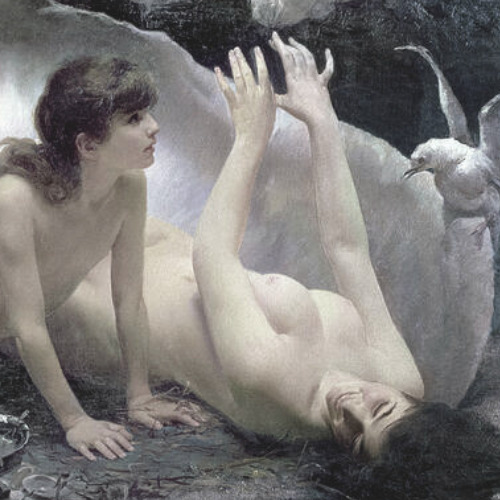


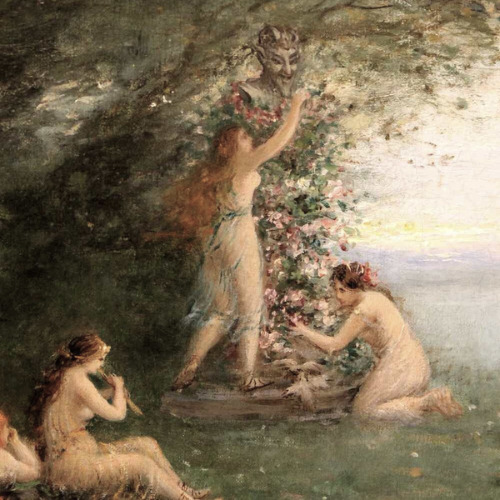
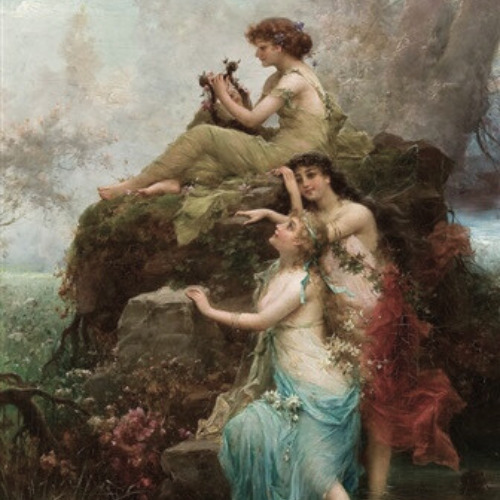







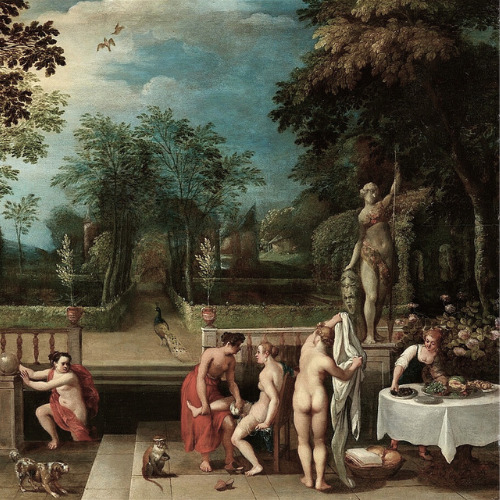



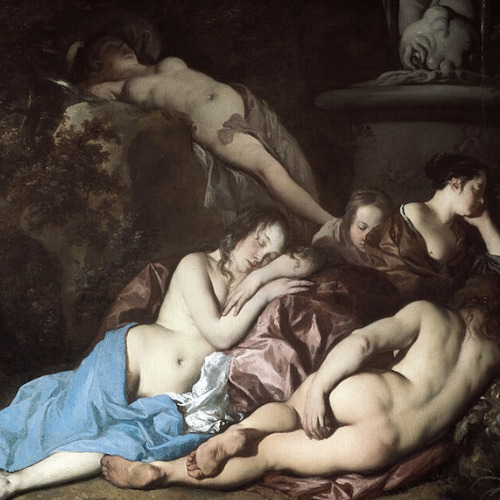

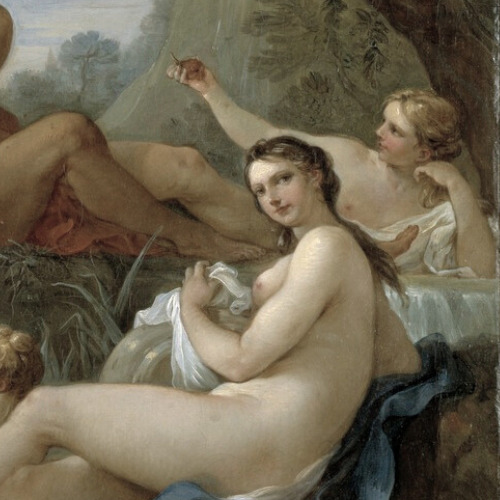

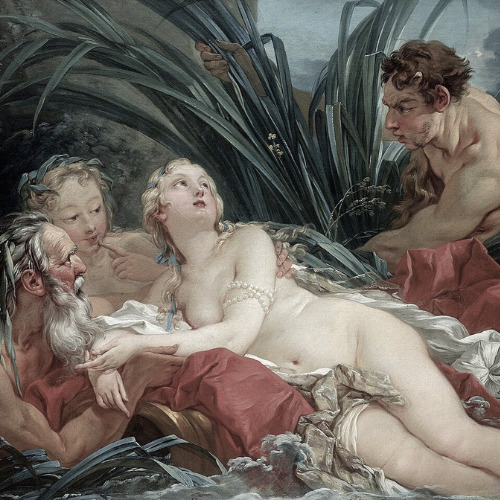





creatures in art: nymphs
#artist is john william waterhouse#artist is joaquin sorolla#artist is francois-joseph navez#artist is jules eugene lenepveu#artist is gioacchino pagliei#artist is henri fantin-latour#artist is ferdinand leeke#unknown artist#artist is hanz zatska#artist is john william waterhouse-#artist is charles francois jalabert#artist is lucas cranach#artist is bartholomeus spranger#artist is unknown#artist is luca giordano#artist is jacob jordaens#artist is adriaen van stalbemt#artist is abraham van diepenbeeck#artist is adriaen van stalbemnt-#artist is unknown-#artist is sir peter lely#artist is christian wilhelm ernst dietrich#artist is charles-joseph natoire#artist is antonio zucchi#artist is francois boucher#artist is witold pruszkowski#artist is kazimierz alchimowicz#artist is arnold bocklin#artist is arnold bocklin-#-artist is arnold bocklin
355 notes
·
View notes
Text



Isle of the dead - Arnold Bõcklyn
I just love doing that kind of tribute to old masters
Hope you gonna enjoy it
Take care
#guy pascal vallez#illustration#gax#artists on tumblr#fanart#digital art#art#artist on tumblr#vallez gax#arnold bocklin#isle of the dead
59 notes
·
View notes
Text
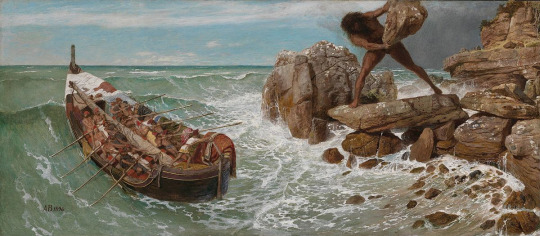
Arnold Böcklin (1827-1901)
"Odysseus and Polyphemus" (1896)
Symbolism
Oil and tempera on panel
Located in the Museum of Fine Arts, Boston, Massachusetts, United States
#paintings#art#artwork#mythological painting#greek mythology#arnold böcklin#arnold bocklin#oil on panel#oil on wood panel#tempera#museum of fine arts#art gallery#swiss artist#the odyssey#ocean#cyclopes#cyclops#1890s#late 1800s#late 19th century
254 notes
·
View notes
Text

Arnold Böcklin (Swiss, 1827–1901) • The Honeymoon
#arnold bocklin#swiss artist#symbolism#symbolist#art#painting#fine art#art history#landscape with figure
13 notes
·
View notes
Text
artist archive ; Arnold Böcklin (1827 - 1901)
Böcklin was born in Switzerland & during his life produced many beautiful paintings of religious events such as Jesus' crucifixion & the birth of Aphrodite, alongside country landscapes & portraits. his painting "self-portrait with death playing the fiddle (1872)" is undeniably his most popular work, but the rest of his collections are just as worthy of attention!


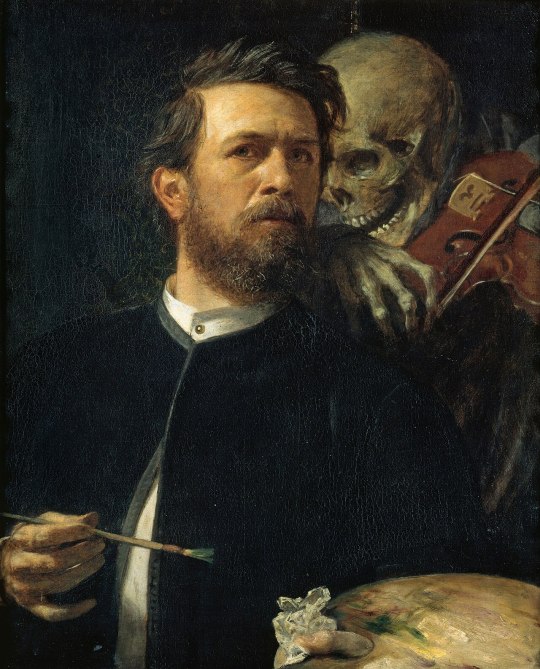



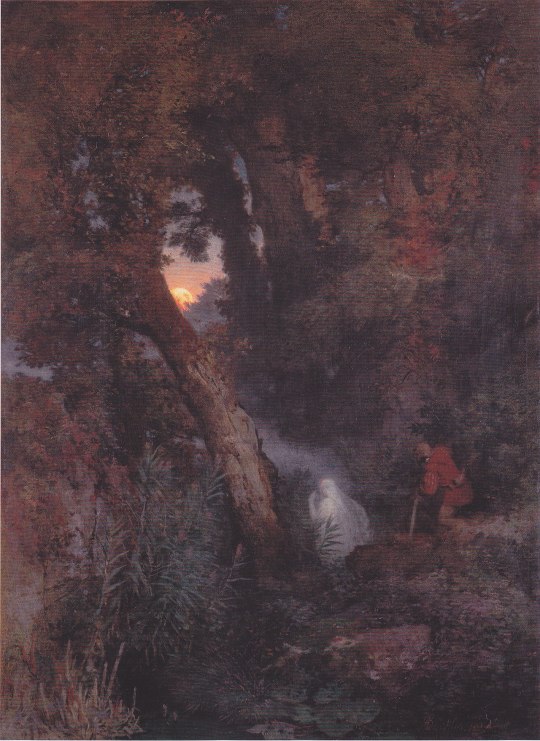


the shepherd's lament // idyll // self-portrait with death playing the fiddle // venus anadyomene // mourning under the cross // the elysian fields // will-o'-the-wisp // the sanctuary of hercules // odysseus and polyphemus
credit ;
#arnold böcklin#arnold bocklin#artist archive#dark academia#dark acadamia aesthetic#romantic academia#studyblr#light academia#dark academic#aesthetic#mlm#academia aesthetic#classical art#art archive#romance aesthetic#classical aesthetic#love aesthetic#light acadamia aesthetic#classical literature#classical civilisation#dark academia aesthetic#dark aesthetic#light academic#light academia aesthetic#light academism#beautiful academia#love academia#academic#classic academia#academia
15 notes
·
View notes
Text
They can never make me hate you Wikipedia
#hadn’t researched anything in years and for my art history assignment we had to make flashcards on a particular artist#I chose Arnold#bocklin…had to search#one of his paintings while he was still influenced from his landscape painting exhortation before he got big into symbolism#it was the landscape in the Alban hills#and I had to find context about it and learned that the alban hills in Rome was once a ceremonial sight for the festival of Feriae LAtinae#which celebrated the unification of over 30 villages and tribes that predated the forming of Rome and had banded together for defense#I feel like I’m butchering this cause I only studied it yesterday but I just thought it was really cool and makes me want to research more#as a past time rather than just mindless scrolling and entertainment as per usual ://#I’ll make a side blog or something to recount my research so I can better memorize
8 notes
·
View notes
Text
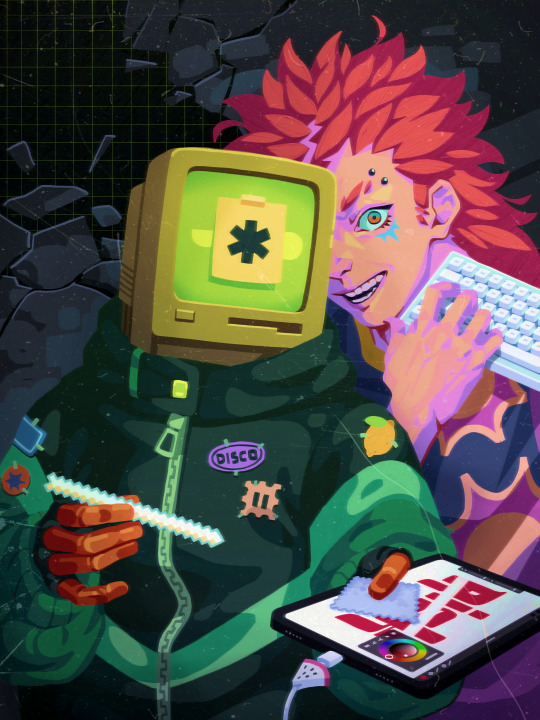
Death playing the fiddle
#art#illustration#digital art#artwork#drawing#artists on tumblr#character design#character#arnold bocklin
15 notes
·
View notes
Photo

Böcklin's Isle of Death
2020
13 notes
·
View notes
Text
Zero Dollar TTRPG Development
The best part about zero dollar TTRPG development is that I am also getting a classical art education by accident.
A *lot* of classical art is public domain, and that's really all the motivation I need to dig into it, but sometimes a classical artist's work will be so consistent that you can build a whole book around it.
Enemies Closer is a 75 page expansion for Pharmagothica (which itself draws on the vibes of Resident Evil,) and I used a lot of 1800s artists in it. Henry Jones Thaddeus, Arnold Bocklin, Francisco Goya, etc, to populate its pages.
Although Pharmagothica's setting is *not* the 1800s, I wanted the book's art to feel like portraits hung on the walls of a decaying manor, so I went with a lot of darker pieces themed around decadence and unrest.
I'm still not totally decided on whether this is confusing for the reader, but it came out nice and ominous, and I'm unbelievably happy with the look.
45 notes
·
View notes
Note
🎨 + A Work of Art/Artist to represent your character for Sabrina?
The Siren by John William Waterhouse, 1900

In the aftermath of a shipwreck, an exhausted survivor struggles towards the safety of the shore. He clings to an algae-clad rock without the strength to pull himself from the dark waters that surge and ebb around him. The treacherous currents and undertows threaten to pull him under the waves and almost all his strength is gone. At this moment of crisis, he is surprised by the beautiful vision of a young girl sitting on the rock above him with pearly-white skin and with lips parted in song. Her passive expression is enigmatic and whether she will help him or harm him we cannot know but we can be sure that he is spellbound by her pale beauty and magic song. The lower part of her legs, splashed by the spray of the sea, are magically transformed into the glistening fish scales and fins of a mermaid. Her hair is the auburn hue that in the nineteenth century became a potent symbol of the femme fatale. But she is not the vicious predatory sea-creature painted in continental Europe by the likes of Arnold Bocklin, Franz von Stuck or Gustave Moreau. She appears innocent of the harm her singing has caused and continues to pluck at the strings of her harp and gaze down at the drowning sailor below, as curious of him as he is of her.
For Waterhouse the siren represented the same subject as Circe, la Belle Dame sans Merci, Medea and Lamia – women whose beauty and magical powers made them personify dangerous femininity.
The Siren captures the eerie and silent tension between the seductress and her devotee/prey and seems to be a far more personal vision concentrated on human emotion and desire.
Aside from the fact I absolutely think Sabrina would love the artwork, the message behind the composition seems quite fitting for her character, especially when it comes to how John regards her: her beguiling nature, her music/voice that draws him in, the slight mystery surrounding her visions and her as a person. While at the same time both are curious about the other and experience this pull they can't shake off.
Other similarities:
a wreckage where they meet -> "looming" dynamic where one of them has the upper hand/could save the other
the whole water symbolism and the color palette I assosiate with them and always pops up even unintentionally when I'm making edits (blue, brown, green, red)
the song that's a main inspiration for their dynamic (Spiracle) literally has a line where the love interest is called "sailor", which is a fun coincidence.
Sabrina's name meaning (nymph of the river Severn; river goddess)
The way Joseph sees her as dangerous
#ty for the ask <3#ask prompt#ask game#ship: the diviner and the baptist#oc: sabrina donovan#john seed x sabrina donovan#character reference#character inspiration#favorite artworks#my ocs#fc5 deputy#fc5 ocs#far cry 5 deputy#far cry 5 oc#oc info#ocs#character analysis#my ships#john x sabrina
11 notes
·
View notes
Text
Surrealism
• began in 1924 and lasted until 1966
“Nature does not create works of art. It is we, and the faculty of interpretation peculiar to the human mind, that see art” Man Ray.
“Beloved imagination, what I most like in you is your unsparing quality”-
“Everything we see hides another thing, we always want to see what is hidden by what we see”- Magritte.
• Surrealist artists aimed to delve into the unconscious mind in order to reveal the abilities of our imagination.
• Influenced by rationalism, literary realism, and heavily influenced by psychoanalysis.
• Beloved that the rational mind did not allow us to fully embrace our imagination.
• inspired by Karl Marx and aimed for the psyche to reveal contradictions within our everyday lives as well as spark a revolution.
• having personal imagination puts surrealist artists on the same line as Romanticism.
• their interest in myth and primitivism influenced many other art movements within todays world.
• Andre Breton described surrealism as “psychic automatism in its pure state, by which one proposes to express- verbally, by means of the written word, or in any other manner- the actual functioning thought”
• surrealism and the idea of automatism allows artists to go past the conscious mind and bring our visions and thoughts to life through our art, in turn allowing us to embrace chance.
• Sigmund Freud’s theory and his The Interpretation of dreams, (1899) was heavily influential within the surrealist art movement.
• Surrealist imagery is the most recognisable of the movement.
• Each artist engaging with this movement used their own motifs and ways of working in order to convey their thoughts of their dreams and unconscious mind.
• Many of surrealist imagery is described as outlandish, perplexing and at times uncanny.
Key Artists:
• Andre Breton
• Hans Arp
• Max Ernst
• Salvador Dali
• Alberto Giacometti
• Joan Miro
• Rene Magritte
• Man Ray
• Yves Tanguy
• Leonora Carrington
• Pablo Picasso
• Meret Oppenheim
• Hans Ritcher
• Hans Bellmer
• Luis Bunuel
• Claude Cahun
• Remedios Varo
• Andre Masson
• Gala Dali
• Paul Eluard
• Louis Aragon
• Charles Baudelaire
• Arthur Rimbaud
Overview:
• Anti-rationalism of the Dada art movement.
• Made effective and work that was outwith the norms of the art world and gave a new direction for artists.
“creativity is that marvellous capacity to grasp mutually distinct realities and draw a spark from the juxtaposition”- Max Ernst.
Beginning of Surrealism:
• grew and developed from the Dada movement and was a rebellion against middle-class’s known judgements and ignorance against others.
This art movement was also inspired by Surrealist Giorgio de Chirico, Gustave Moreau, Arnold Bocklin, Odilon Redon as well as Henri Rousseau.
Artists from the Renaissance period were also inspiration for Surrealist artists, these included Hieronymus Bosch and Giuseppe Arcimboldo.
Breton is at times described as the 'Pope' of Surrealism as he officially founded the movement in 1924.
the term "Surrealism" was founded in 1917 by Guillaume Apollinaire.
Breton's manifesto, La Revolution surrealiste this included art and writing.
The Bureau for Surrealist Research or Centrale Surrealiste established in Paris in 1924.
Surrealism: Concepts, Styles and Trends
Artist utilised their fantasy and dream imagery to create works using a wide range of media in order to convey their inner minds in an eccentric, bold, and symbolic ways. In turn this exposed ones anxieties allowing the artist to use their art to help themselves.
Surrealist Paintings:
works like Salvador Dali, Yves Tanguy and Rene Magritte's paintings were create with hyper-realistic imagery were all objects were depicted in very sharp and crisp detail with a three-dimensional quality, in turn drawing attention to their dream-like appearance and atmosphere.
works like Joan Miro and Max Ernst used many techniques and media such as; collage, doodling, frottage, decalcomania, and grattage to create their surrealism artworks.
Rise and Decline of The Surrealism Art Movement:
global war and political issues had negative effects on the views towards the art movement as civilians were in a state of crises during the 1930s and 1940s.
During World War 2 many Surrealist artist emigrated to the Americas which resulted in their ideas and work being recognised on a larger scale.
Ideas and views towards Surrealism changed and challenged due to the rise of Existentialism.
Abstract Expressionist artists were inspired by Surrealism, however Abstract Expressionism took over and invented new techniques in order to convey the unconscious.
British Surrealism:
Female Surrealist artists; Eileen Agar, Ithell Colquhoun, Edith Rimmington and Emmy Bridgwater.
The British interpretation of the Surrealist movement was towards thoughts of humans relations to their surrounding natural environment, specifically the sea.
Paul Nash had an interest in the object trouve which involved collecting objects from the beach.
The International Surrealist Exhibition (1936) in London, a major event for many British artists, in turn allowing the Surrealist art movement to thrive in the UK.
The Persistence of Memory (1931) by Salvador Dali




How does this relate to my work?:
When painting my sinister characters I use my imagination or images I have seen when sleeping in order to create the faces of my sinister characters. It is as though I am entering my own pitch black world where I can see these face formulate in front of me. Once they have formulated enough in my head i automatically convey their imagery onto the canvas, not thinking too much about what they will look like. I almost allow the medium and my hand to do their own thing. My works have been more refined and soft in shape much like some of the shapes within surrealist paintings, however, I have been experimenting with a new technique that allows automatism to surface allowing my to have less control on the overall outcome of my paintings. These images in my head are other worldly, I do not see them in my everyday life unless I force it in order to create my paintings. They are not images that the people around my can see unless the engage with my art.
1 note
·
View note
Text
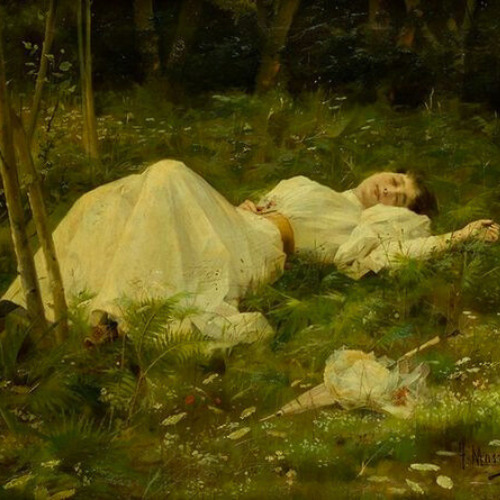
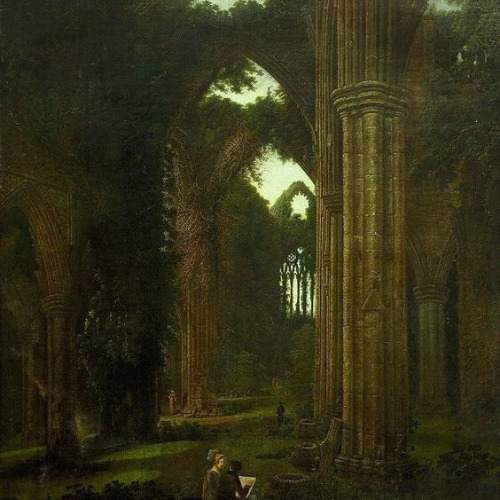
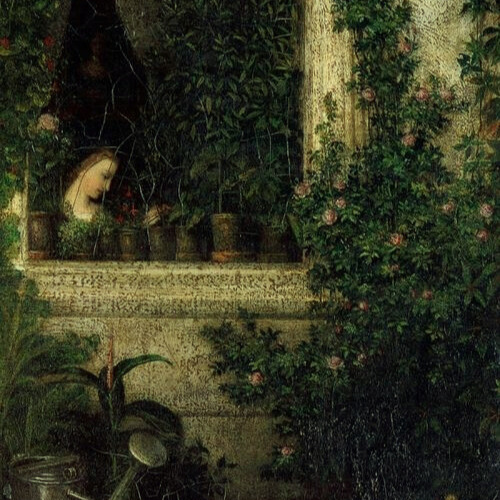

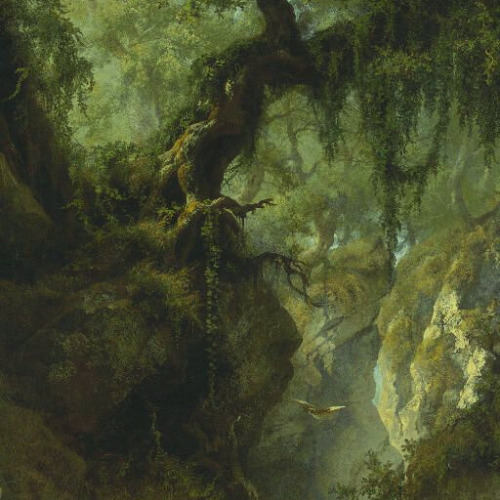


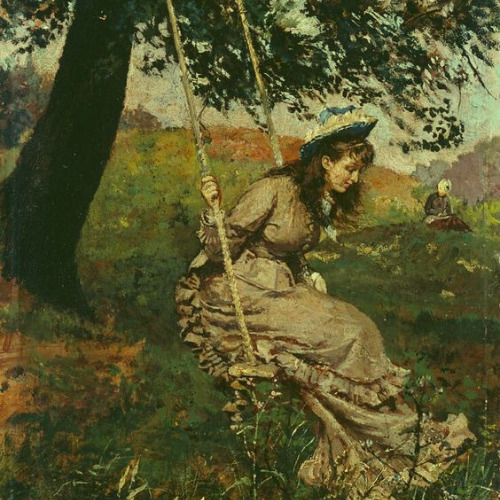

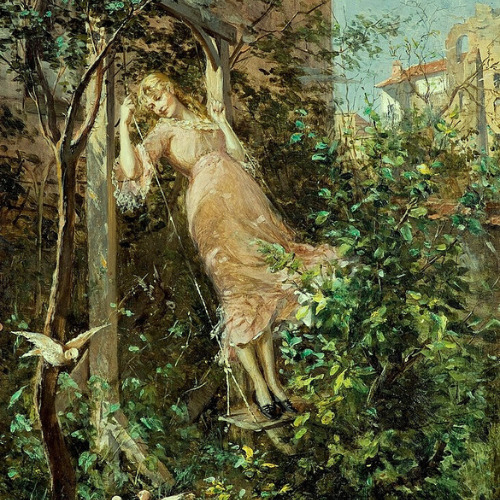


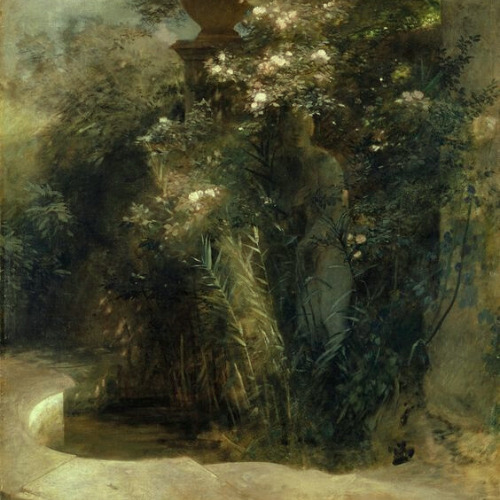
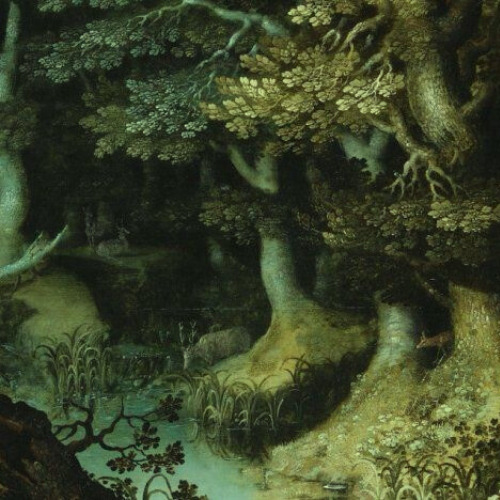

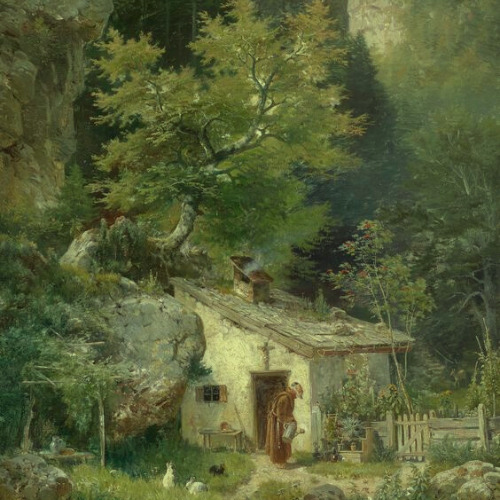





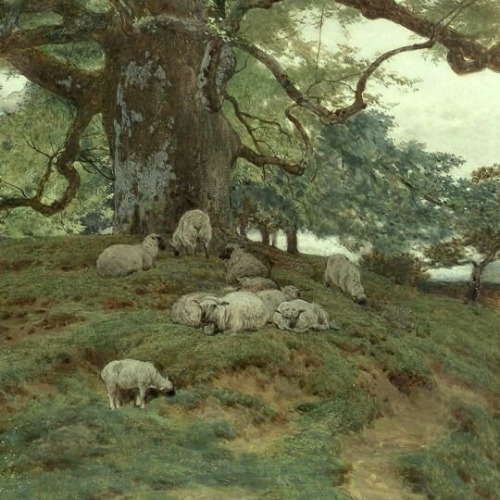
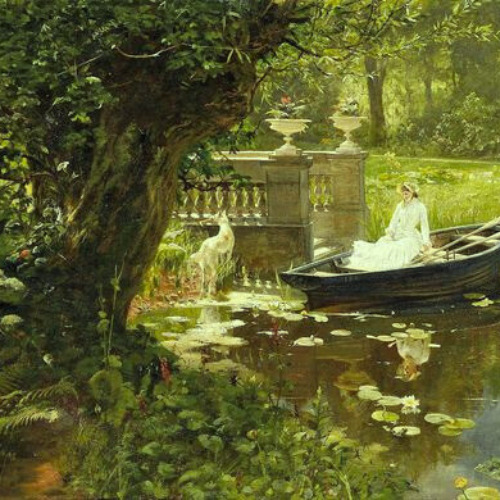
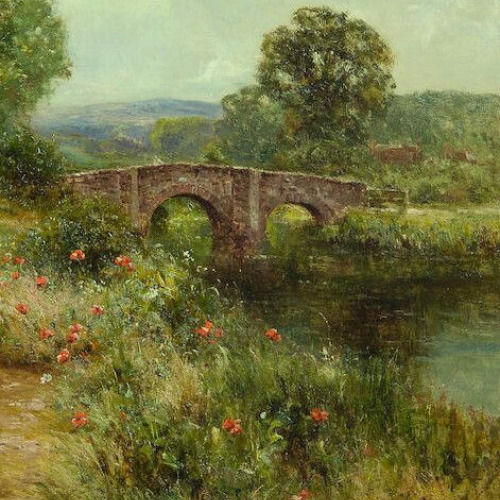
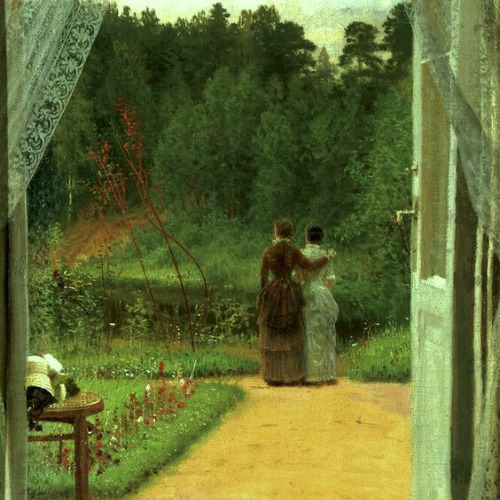

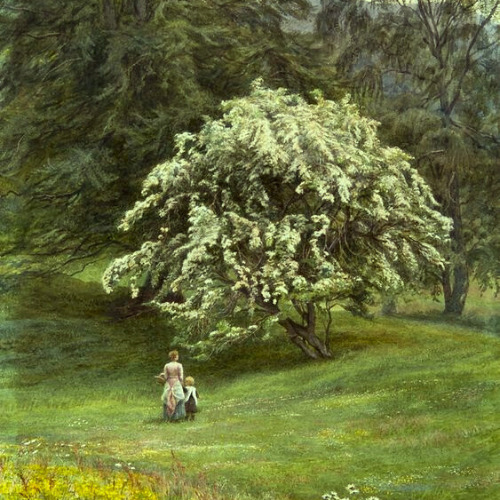
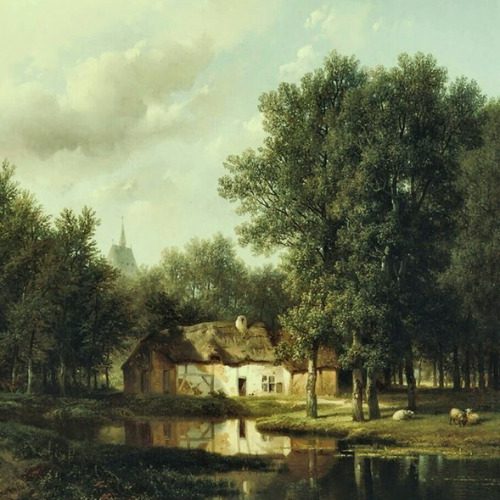
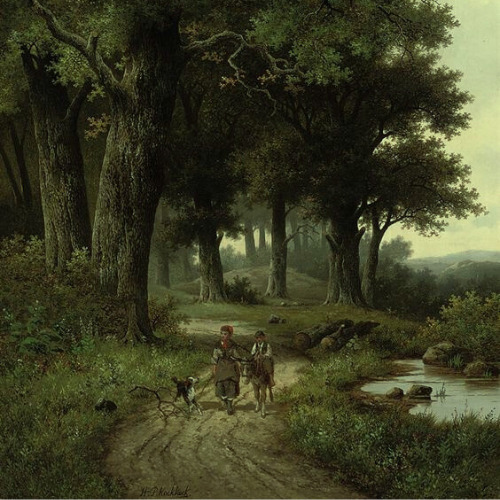

art aesthetics: cottagecore
#artist is francesc masriera#artist is samuel colman#artist is karel purkyne#artist is jan frederik pieter portielje#artist is giuseppe camino#artist is alfred petit#artist is gelhay edouard#unknown artist#artist is albert f laurens#artist is paul mewart#artist is kinuko y craft#artist is peter gardiner#artist is arnold bocklin#artist is cirosata bolarc#artist is hermann heinrich#artist is ludwig sckell#artist is carl ebert#artist is robert zund#artist is robert payton reid#artist is helen allingham#artist is frederick henry henshaw#artist is john dawson watson#artist is gustav marx#artist is ernest walbourn#artist is ivan nikoaevich kramskoy#artist is henry john yeend king#artist is edith martineau#artist is peter ludgwig kuhnen#artist is hendrik pieter koekkeok#artist is emil jakob schindler
395 notes
·
View notes
Photo

Arnold Böcklin - Die Toteninsel III (Isle of the Dead [third version]), 1883, Alte Nationalgalerie (Old National Gallery), Berlin.
#art#arte#classic#classical#classical art#classical paintings#painting#paint#painter#swiss art#swiss artist#swiss painter#swiss painting#berlin#old national gallery#Alte Nationalgalerie#arnold bocklin#Arnold Böcklin#die toteninsel iii#die toteninsel#isle of the dead#1883#1800#1800s#charon#caronte
852 notes
·
View notes
Text
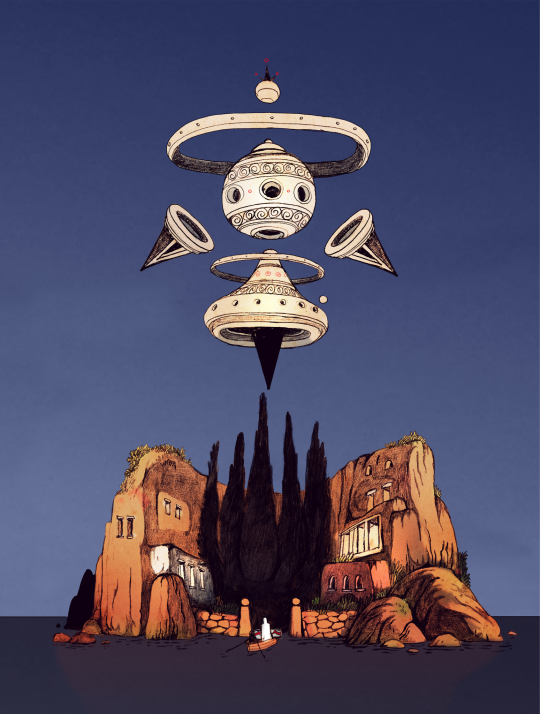
The angel above the Isle of the Dead.
D'après Die Toteninsel de Arnold Böcklin!
411 notes
·
View notes
Photo

The Isle of the Dead by Day
4 notes
·
View notes
Text
Arnold Böcklin - Autoritratto con la Morte che suona il violino

38 notes
·
View notes